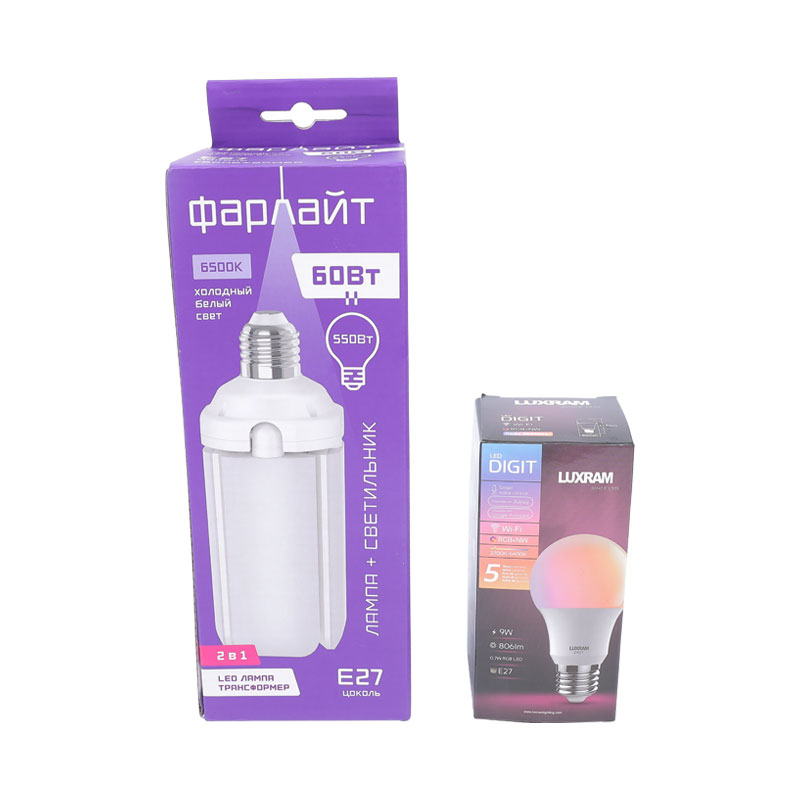How to improve the printing quality of LED Bulb Packaging Boxes?
2023.12.13
Improving the printing quality of LED bulb packaging boxes involves a combination of factors, from the selection of materials to the printing process itself. Here are some tips to enhance the printing quality of LED bulb packaging:
Choose High-Quality Materials:
Begin with selecting premium-quality packaging materials. The choice of paper or cardboard can significantly impact the print result. Smooth, coated surfaces are generally more conducive to achieving sharp and vibrant prints.
Use Coated Paper or Board:
Opt for coated paper or board with a smooth finish. Coated surfaces provide better ink adhesion and contribute to sharper image details and colors.
Consider Specialty Printing Techniques:
Explore specialty printing techniques such as embossing, debossing, foil stamping, or spot UV coating. These techniques can add texture, shine, and depth to the printed design, enhancing visual appeal.
Select the Right Printing Process:
Choose the printing process that best suits your design and budget. Common options include offset printing, digital printing, and flexography. Offset printing is known for its high quality and color accuracy, while digital printing offers flexibility for short print runs and variable data.
Ensure High-Resolution Graphics:
Use high-resolution images and graphics for printing. Low-resolution files can result in pixelation and a loss of detail. Images should be at least 300 dots per inch (DPI) for optimal print quality.
Calibrate Color Correctly:
Calibrate color settings on printing equipment to ensure accurate color reproduction. Consistent color calibration across the printing process helps maintain color accuracy from design to final print.
Proofread and Test Prints:
Proofread the design thoroughly before printing to avoid errors. Additionally, request test prints to assess color accuracy, clarity, and overall print quality before committing to a full print run.
Optimize Ink Density:
Work with your printer to optimize ink density. Too much ink can lead to bleeding and smudging, while too little ink may result in a faded appearance. Finding the right balance is crucial for achieving vibrant colors without compromising detail.
Utilize Pantone Matching System (PMS) Colors:
If color accuracy is paramount, consider using Pantone Matching System (PMS) colors. PMS colors provide a standardized color matching system, ensuring consistent and precise color reproduction.
Apply UV Coating for Protection:
Consider applying a UV coating to the packaging for added protection and a glossy finish. UV coating enhances the visual appeal and durability of the print.
Ensure Proper Registration:
Maintain proper registration during the printing process to ensure that different colors align accurately. Misregistration can result in blurry or offset prints.
Implement Advanced Printing Technologies:
Stay informed about advancements in printing technologies. For example, some printers may offer high-definition (HD) printing capabilities, which can enhance the clarity and detail of prints.
Work with Experienced Printers:
Collaborate with experienced and reputable printing professionals or companies. They can offer valuable insights, recommend best practices, and ensure that the printing process meets the highest standards.
Consider Environmentally Friendly Inks:
Explore the use of environmentally friendly inks, such as soy-based or water-based inks. These inks are not only eco-friendly but can also contribute to improved print quality.


 English
English  العربية
العربية











